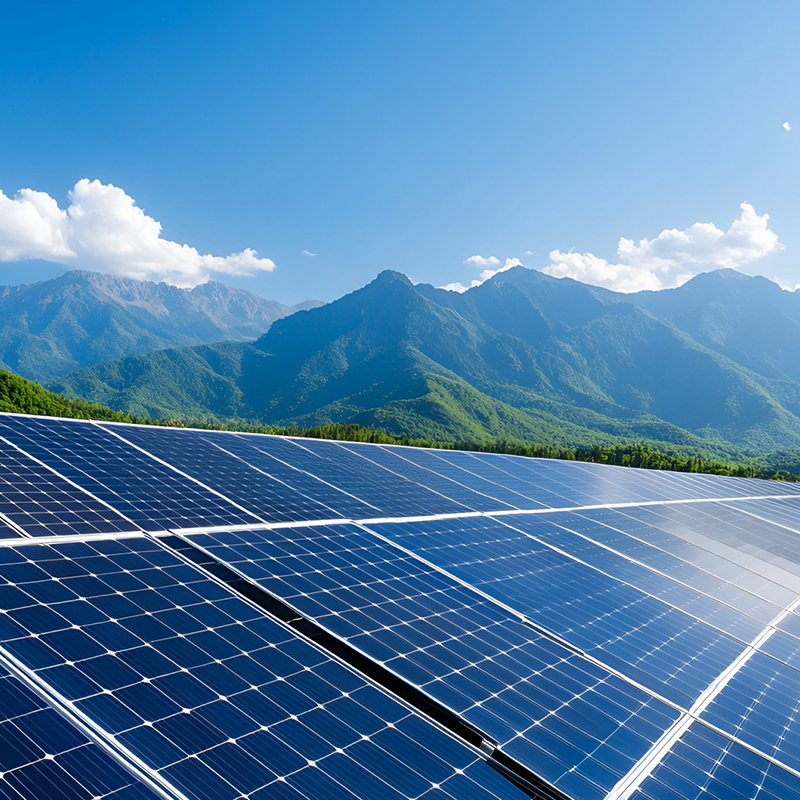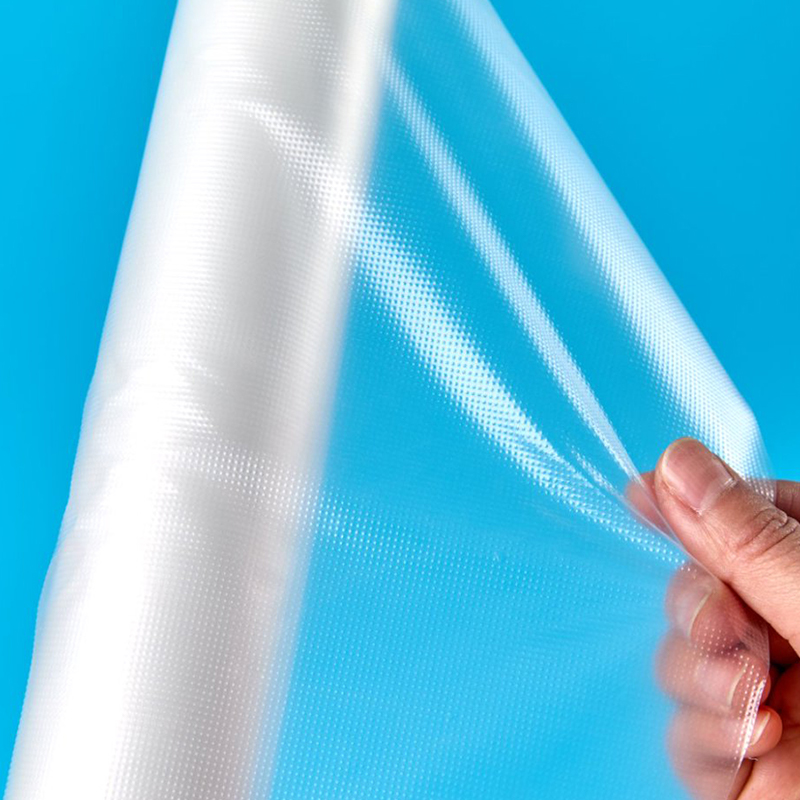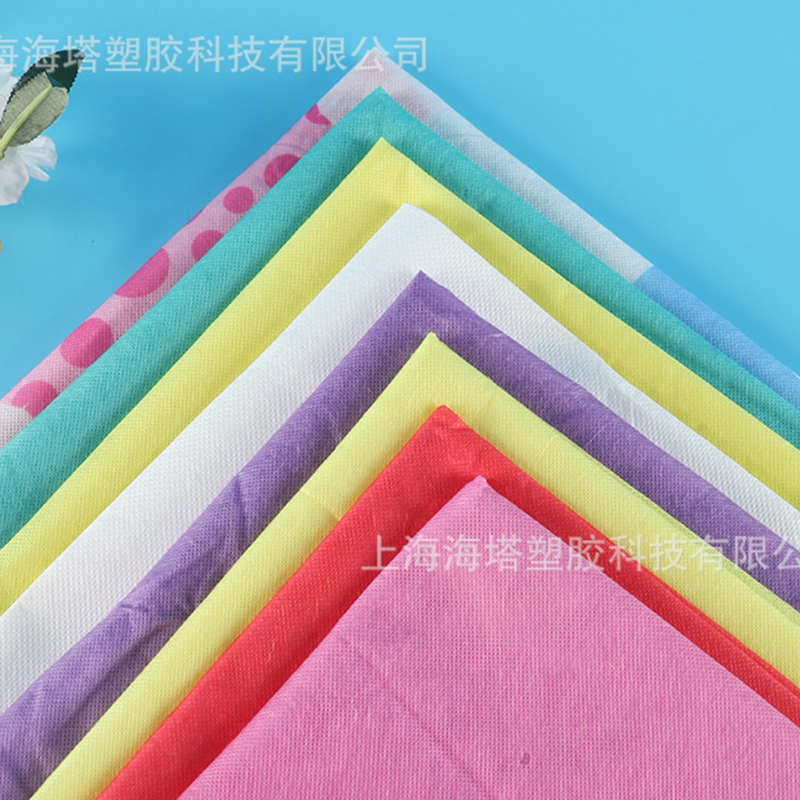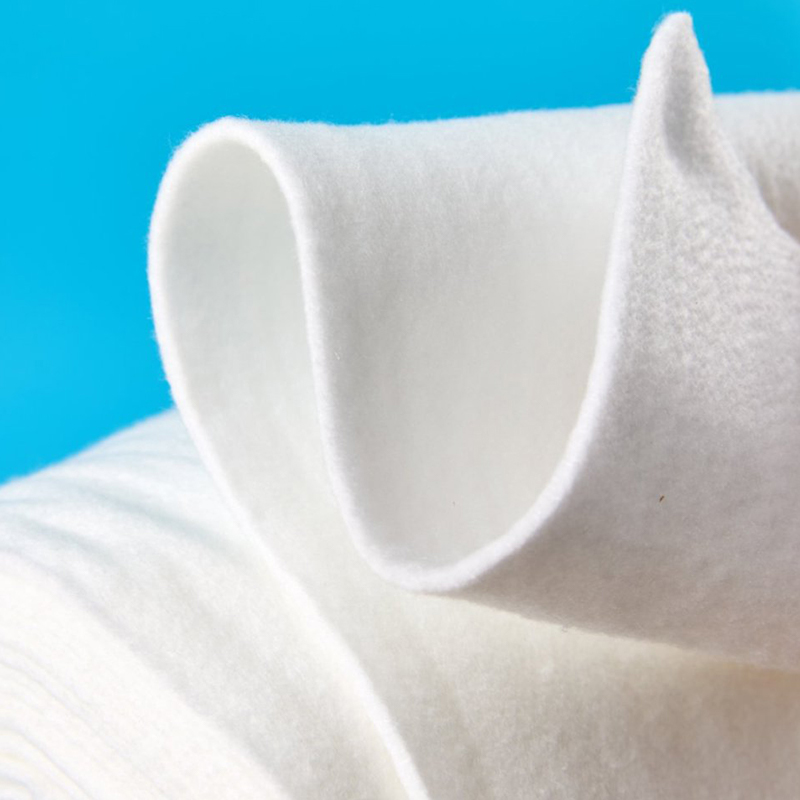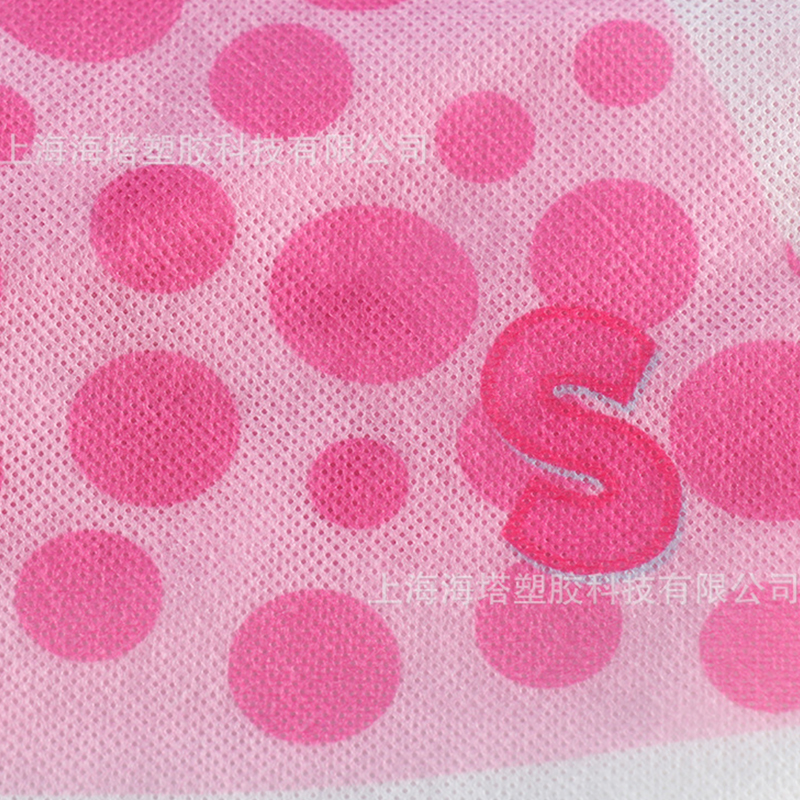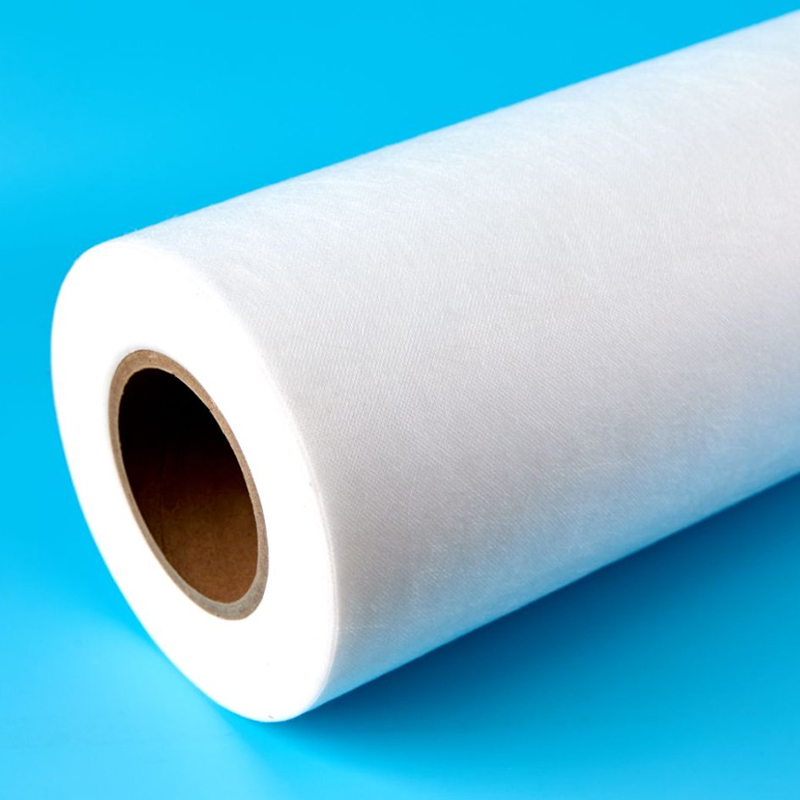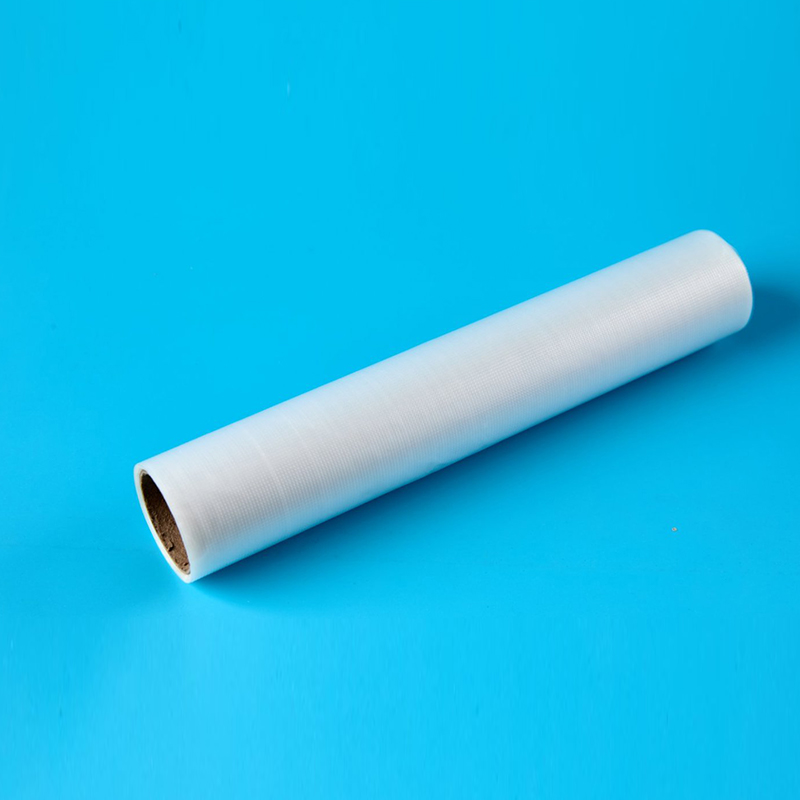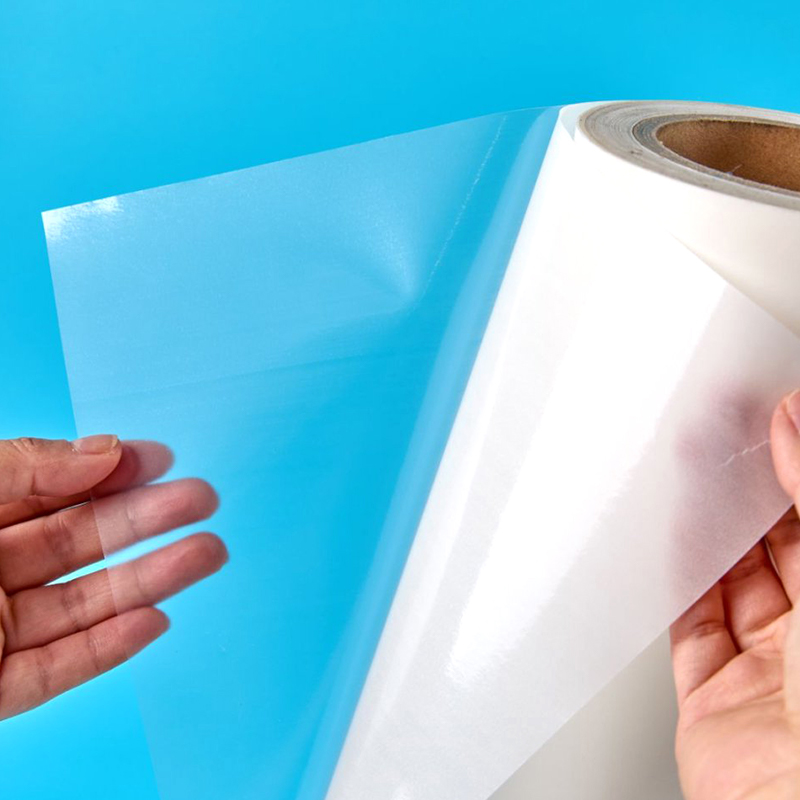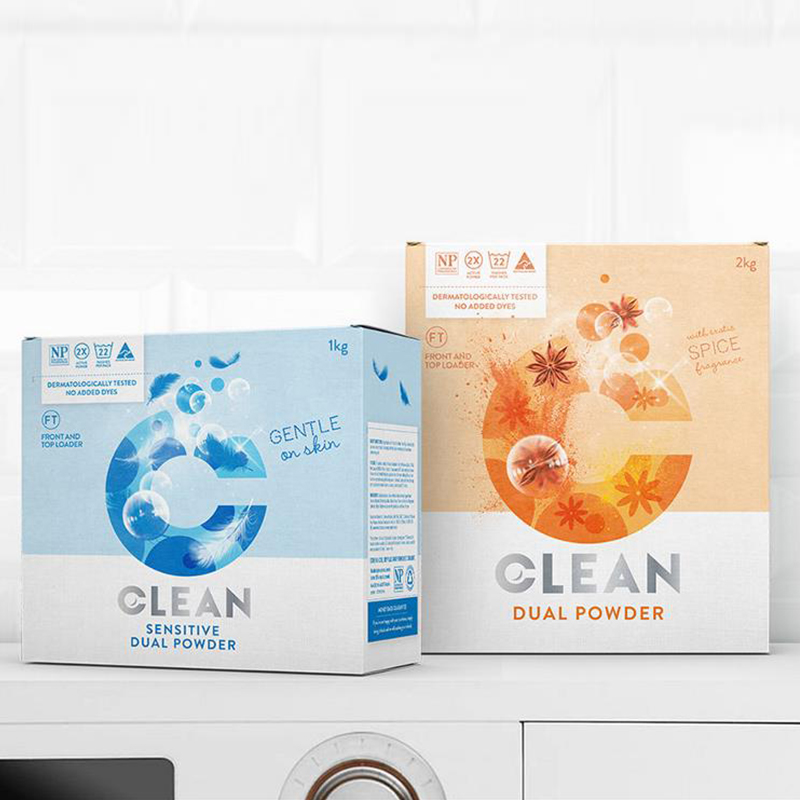I. Photovoltaic Module Encapsulation Solutions
(1) EVA Film Encapsulation
Thermosetting EVA films, which are made by taking EVA resin as the base and adding various modified additives, and then extruding them in a screw extruder, possess properties such as UV resistance, anti-aging yellowing resistance, and high peel strength. These films are commonly used hot-melt bonding materials in the encapsulation of photovoltaic modules. During the encapsulation process, the EVA film is placed between the solar cells, glass, and backsheet. High temperature and pressure are applied through a laminator. Under thermal and pressure conditions, the EVA film rapidly melts and fully infiltrates the surfaces of the solar cells, glass, and backsheet. After cooling and solidification, a firm bond is achieved among these materials. For example, the EVA film JCC - 105 produced by Shanghai Tianyang has passed a number of authoritative certifications and performs outstandingly in terms of peel strength, shrinkage rate, light transmittance, cross-linking degree, and anti-aging properties. When applied in the lamination of common single-glass modules, it can effectively increase the light transmittance of the modules, prevent water vapor penetration, resist high and low temperatures, and withstand UV aging, ensuring the long-term stable and efficient operation of the solar cell modules and providing a solid guarantee for the performance and lifespan of photovoltaic modules.
(2) POE Film Encapsulation
With the development of photovoltaic technology, especially the increasing requirements for the performance of encapsulation materials in high-efficiency photovoltaic modules, POE films have gradually become an important choice for encapsulation materials due to their superior anti-aging, water resistance, and anti-PID (Potential Induced Degradation) properties compared to EVA films. During the hot-melt bonding process of POE films, similar to EVA films, hot-pressing equipment is used to melt the POE film at appropriate temperature and pressure, enabling it to bond closely with the solar cells, glass, and backsheet. Taking a certain POE film product as an example, it is widely used in double-sided double-glass modules. It can effectively prevent water vapor from entering the interior of the modules, reduce the risk of performance degradation of solar cells caused by water vapor erosion and PID, significantly improve the reliability and lifespan of the modules, and is particularly suitable for use with high-efficiency battery technologies such as P-type PERC solar cells, meeting the current photovoltaic industry's demand for high-performance modules.
II. Photovoltaic Module Frame Connection Solutions
(1) Hot-Melt Adhesive Strip Connection
Special hot-melt adhesive strips are used to connect the frames of photovoltaic modules to the main body of the modules. During the production process, the hot-melt adhesive strips are first placed at the connection part between the frame and the module, and then heated by a heating device to make the adhesive strips melt rapidly. The melted hot-melt adhesive fills the gaps between the frame and the module and bonds closely with the frame material (such as aluminum alloy) as well as the glass or backsheet of the module. Compared with traditional mechanical connection methods (such as screw fixation), this connection method has better sealing performance, which can effectively prevent impurities such as dust and water vapor from entering the interior of the module, reducing the corrosion risk of the solar cells. Meanwhile, the process of hot-melt adhesive strip connection is simple, with high production efficiency. Under the premise of ensuring the connection strength, it can reduce the production cost of the modules, making it suitable for the large-scale production of photovoltaic modules.
(2) Hot-Melt Adhesive Dot Coating Connection
For photovoltaic modules with high requirements for appearance and lightweight design, hot-melt adhesive dot coating can be used to achieve frame connection. Automated dispensing equipment is utilized to apply hot-melt adhesive in the form of specific dot distributions to the contact area between the frame and the module. Then, the hot-melt adhesive is cured through hot-pressing or natural cooling. The hot-melt adhesive dot coating connection can not only ensure the connection strength between the frame and the module but also reduce the amount of adhesive used, thereby reducing the weight of the module. In addition, the dot coating method can precisely control the position and amount of adhesive, avoiding adhesive overflow that may affect the appearance of the module. It is especially suitable for application scenarios in distributed photovoltaic systems with high requirements for module aesthetics, such as BIPV (Building Integrated Photovoltaics) projects.
III. Photovoltaic Junction Box Fixation Solutions
(1) Hot-Melt Adhesive Encapsulation Fixation
Hot-melt adhesive is used for the encapsulation and fixation of photovoltaic junction boxes to photovoltaic modules. The hot-melt adhesive is heated to a molten state and then poured into the connection part between the junction box and the module to fill the gaps. After the hot-melt adhesive cools and solidifies, a strong bonding layer is formed, firmly fixing the junction box to the module. At the same time, the encapsulation of hot-melt adhesive also provides good insulation and waterproofing, protecting the electrical connections inside the junction box from external environmental factors (such as humidity and dust), and improving the reliability and safety of the junction box. This hot-melt adhesive encapsulation and fixation method is easy to operate and has a low cost, making it widely used in the fixation of junction boxes for various photovoltaic modules.
(2) Hot-Melt Adhesive Film Lamination Fixation
Hot-melt adhesive films are used for the lamination and fixation of junction boxes to photovoltaic modules. First, the hot-melt adhesive film is cut into an appropriate size and placed on the bonding surface of the junction box and the module. Then, a certain temperature and pressure are applied through hot-pressing equipment to melt the hot-melt adhesive film and achieve a tight bond between the junction box and the module. The advantage of hot-melt adhesive film lamination fixation lies in its uniform bonding layer, which can provide stable connection strength. Moreover, no bubbles or other defects are generated during the curing process of the hot-melt adhesive film, effectively ensuring the sealing and reliability of the connection between the junction box and the module. Compared with traditional adhesive coating methods, hot-melt adhesive film lamination fixation is more conducive to automated production, improving production efficiency and product quality consistency, and is suitable for photovoltaic module production lines with high requirements for production process precision and efficiency.
IV. Edge Protection Solutions for Special Photovoltaic Cell Modules
(1) Edge Protection for Water-Vapor Sensitive Cell Modules
For water-vapor sensitive photovoltaic cell modules such as heterojunction (HJT) cells and perovskite cells, single-component hot-melt butyl rubber can be used for edge protection. For example, the butyl rubber ZJ - 302PV has excellent water-vapor barrier and insulation properties. During the module production process, the butyl rubber is applied to the edge of the module through automated dispensing equipment. The butyl rubber cures rapidly under thermal action, forming a tight sealing layer. Its extremely low water-vapor transmission rate can effectively prevent external water vapor from entering the interior of the module, preventing the performance degradation or failure of the solar cells caused by water-vapor erosion. At the same time, the butyl rubber has good adhesion to materials such as glass in the module, ensuring the long-term stability of the sealing layer, greatly improving the edge sealing and insulation protection level of water-vapor sensitive cell modules, and safeguarding the service life and performance reliability of these special photovoltaic cell modules.
(2) Edge Sealing for Special-Shaped Photovoltaic Modules
In the production of some special-shaped photovoltaic modules (such as BIPV modules used for special architectural shapes), due to the irregular shape of the modules, traditional sealing methods are often difficult to meet the requirements. In this case, hot-melt bonding technology can be utilized, and hot-melt sealing adhesives with strong plasticity can be used for edge sealing. During the adhesive application process, the hot-melt sealing adhesive has good fluidity when heated, which can closely fit the edge contour of the special-shaped module and fill various irregular gaps and corners. After cooling and solidification, the hot-melt sealing adhesive forms a strong and well-sealed edge protection layer, which can not only ensure the waterproof and dustproof performance of the module but also adapt to the complex shape requirements of the special-shaped module, providing an effective solution for the reliable use of special-shaped photovoltaic modules in special application scenarios.

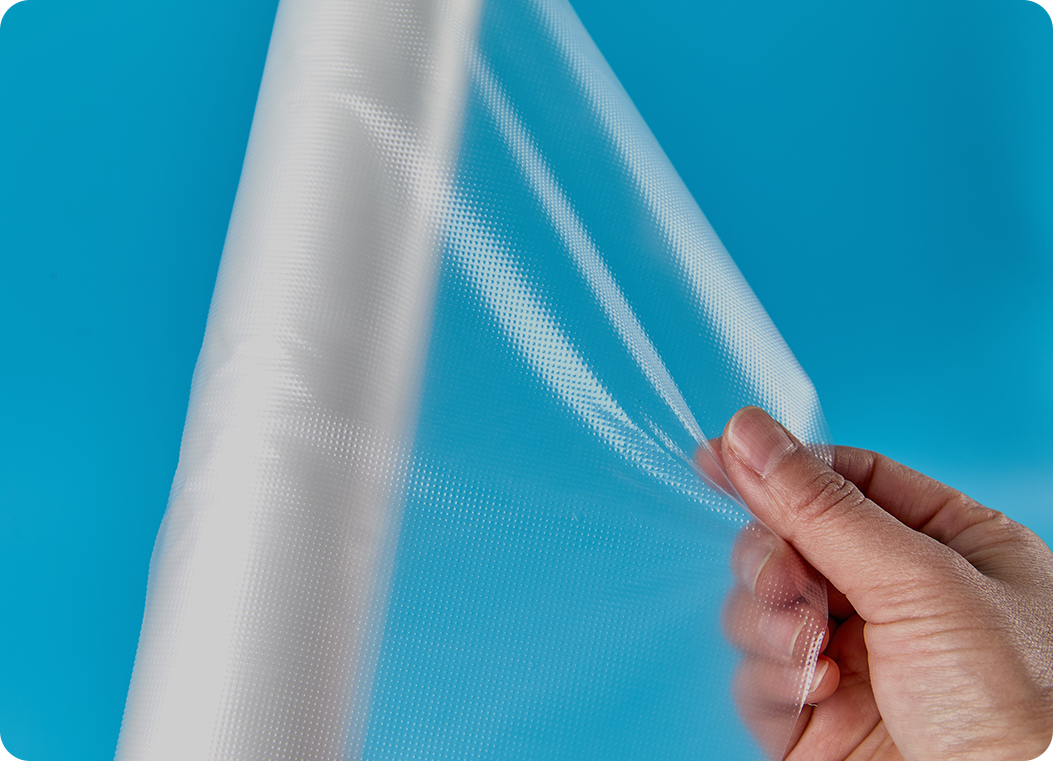



 English
English 中文简体
中文简体 Türk
Türk